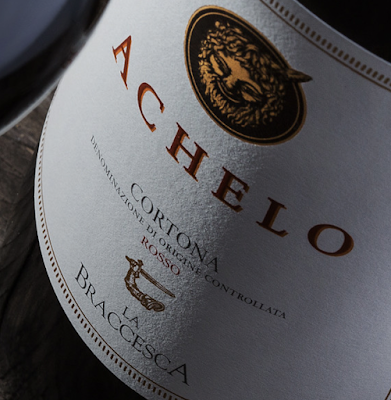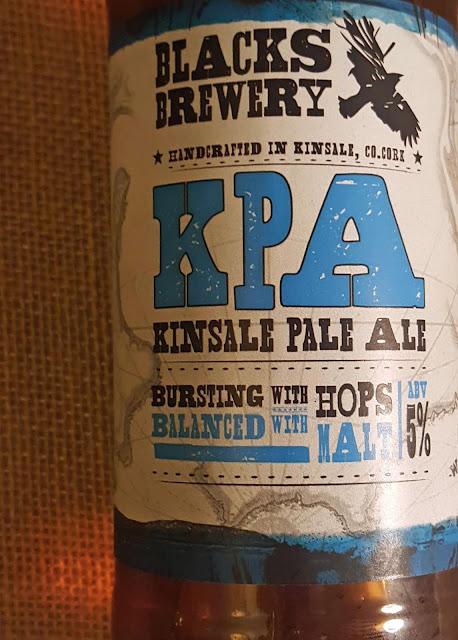A Taste of Maremma and Montepulciano
with Antinori
 |
| Le Mortelle |
We had the best of guides as we visited part of the amazing Antinori wine establishment last Wednesday, all online of course. Tindal’s Harriet Tindal MW introduced us to three “guides” in Italy: Filippo Pulisci of Antinori itself, Riccardo Checchi of La Braccesca vineyard and Georgia Dimitriou of their Le Mortelle estate.
Harriet, our expert moderator, asked Filippo to tell us a bit about the firm. “I’m the old guy in the room”, he started. But nowhere near as old as Antinori’s association with wine which goes back to 1385. Indeed, they were in business for a hundred years before that as silk merchants.
“But it is only in the last sixty years, even the last thirty, that Antinori accelerated to a full cycle producer - you must grow your own grapes and do the whole thing from start to finish. We are also a custodian of tradition but always innovative.”
And Filippo cited their famous Tignanello wine as an example. A very good example indeed as it was Tignanello that helped catapult the wines of Tuscany onto the world stage in the 1970s. The explosion in popularity of Italian restaurants in the USA, and elsewhere, also helped.
Tignanello was the first Sangiovese to be aged in barriques, the first contemporary red wine blended with untraditional varieties (specifically Cabernet) and one of the first red wines in the Chianti Classico region that didn’t use white grapes.
So Tignanello, which saw Piero Antinori lead the way, was a breakaway from the hidebound traditions (some of you may remember Chianti in its straw flask) and the rules of the appellation. He broke those rules in two ways, at least, by using international grapes and also the barriques.
And so one of the first of what became known as Super Tuscans was born and went on to thrive. Piero is generally regarded as one of the heroes of Italian wine in the last century breaking away from a system geared more towards quantity than quality. Again, some of you will remember the EU “inspired” wine lakes and, closer to home, butter mountains.
Filippo continued: “Many followed us to Super Tuscans. We are an old family but also modern, never compromise on quality. We are also democratic producers in that we produce everyday wines to high-end expensive ones. We are always advancing, never resting on our laurels.”
We would soon see an example as Georgia began to talk about Le Mortelle, the estate she manages in the heart of Maremma Tuscany, in an area well known for the production of top quality wines. The winery appears on top of a hillside overlooking the surrounding countryside while the cellars lie underground in perfect harmony with the environment.
“It’s a mix of elegance and wilderness,”she said, where they grow quite a few of those international varieties, mainly the Cabernets and Carménère. “It is an ideal place with a warm Mediterranean climate, ideal for these varieties that require a longer ripening time."
Riccardo’s winery, La Braccesca (bought in 1990), has two different but adjoining terroirs between the hills of Montepulciano and Cortona and here two very different personalities live side by side in complete harmony: the traditional Sangiovese for Nobile di Montepulciano and the international Syrah in Cortona, an emerging wine producing area with great potential. The La Braccesca winemakers take advantage of the terroirs, the clay near Montepulciano and the sand on the other side.
Soon he was showing us the first of the day's wines to be tasted, the Vino Nobile de Montepulciano. “The arm on the label represents the noble tradition. And when some see Nobile on the label, they think of a heavy wine.. no longer the case…now it’s all about acidity and fruitiness with softer tannins (than Sangiovese from different areas). You can drink it with everything.”
Georgia, originally from Greece and, like Riccardo, well travelled and well educated in wine, started with Vivia, “a sunny wine, recently bottled, no oak”.
Her second Botrosecco, also from Le Mortelle, is a blend of Cabernet Sauvignon (60%) and Cabernet Franc. “I call it simple, simple but good, with soft tannins..easy to enjoy young… a very good expression and great value for money.”
Riccardo’s second offering was Achelo. A Syrah, “a famous grape of Cortona, a recent appellation, founded only in 2000. Some time back, a few growers, including us, saw similarities between here and the Rhone: climate, soil, acidity”.
They investigated, did their research and now produce top quality Syrah. By the way Achelo is the name of a local god of abundance. The Syrah is versatile: “Use it an aperitif. And dinner too. The more you keep it open, the more it expresses itself.”
He also showed two older Syrahs, the Bramasole from 2013 and 2016. “The plot is very well exposed, lots of sun, sandy solid. There’a an impression of sweetness, not sugar, just from the ripe fruits.. it reflects what the soil produces.. it is a powerful wine and needs 15 to 18 months in barrels plus two years in bottle.”
Then he “hopped” back to the Montepulciano side for the Santa Pia 2015, a Riserva. “Fresh, with a little bit of age flavour.” How long will it last? For decades was the answer, twenty or thirty years from the very best vintages. Maybe not as long from the other vintages.
Georgia then showed the Poggio alle Nane (Hill of the Wild Duck), La Mortelle’s “flagship wine”. The blend of Cabernet Franc 80%, Cabernet Sauvignon 10 and Carmènére 10 was finalised in 2015. It is the only Carmènére vineyard in the area and the grape is suited by the hilly grounds. “It is demanding in terms of ripening but we have the right conditions in Maremma.”
And they work on guarding those conditions. “Our focus is to minimise our impact so we use a lot of stainable techniques: monitoring insects, encouraging predators, and more. The more we work in harmony with nature, the better the results in our wine.”
The cellar in Maremma





























